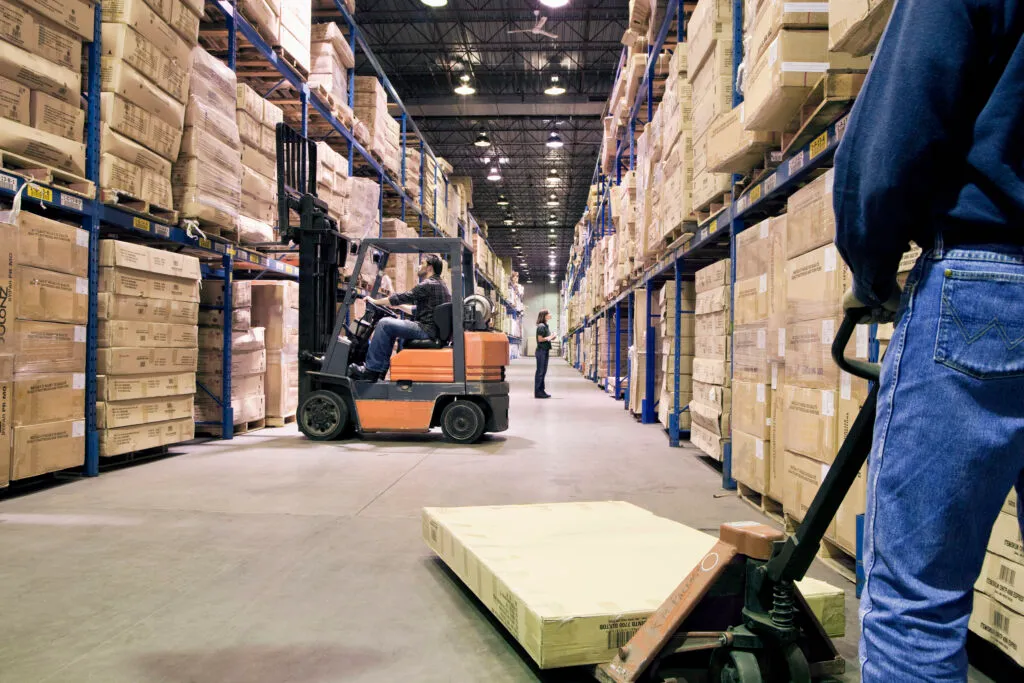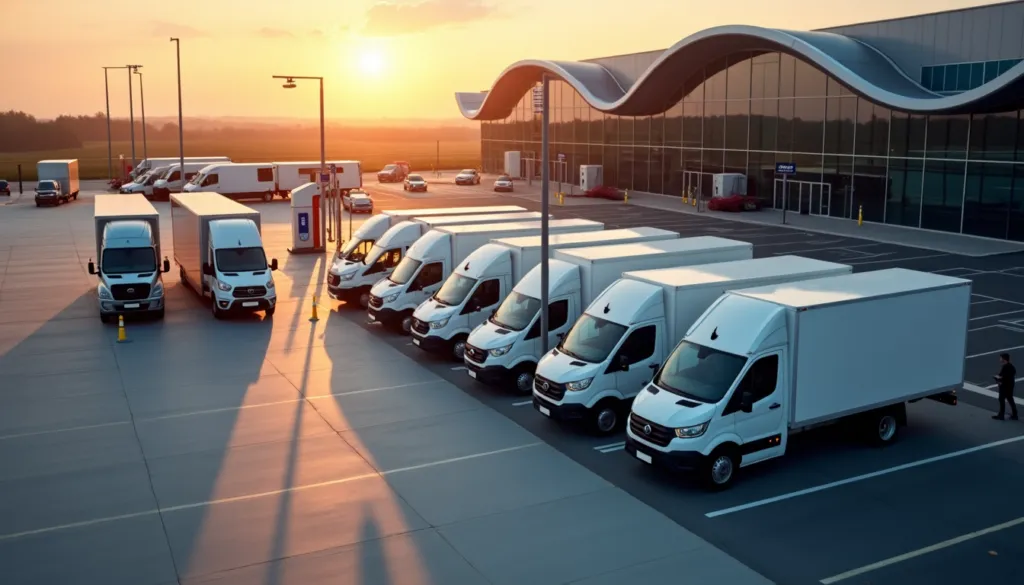
Get home early with RoadWarrior.
Enter your stops, optimize your routes, manage your team – quickly and efficiently.
Try RoadWarrior free for 7 days
Try free for 7 daysThe retail e-commerce industry has experienced explosive growth, with global sales reaching approximately $5.2 trillion in 2021[^1^]. As more consumers turn to online shopping, there is a growing demand for faster order fulfillment, which has led to the rise of distribution centers. However, many people confuse distribution centers with warehouses or fulfillment centers, even though they serve distinct roles in the supply chain. In this article, we will delve into the meaning of a distribution center, its operations, and the key differences between warehouses, distribution centers, and fulfillment centers.
What Is a Distribution Center?
A distribution center is a facility used to store finished goods before they are shipped to the end user, whether it be a wholesaler, retailer, or individual customer[^1^]. It plays a crucial role in the order fulfillment process, ensuring that products are efficiently processed and delivered to customers in a timely manner. Distribution centers can be operated by the retailers themselves or outsourced to third-party logistics (3PL) providers, depending on their structure and requirements.
Distribution Center Processes
The operations within a distribution center involve various processes to ensure the smooth flow of inventory and effective order processing. These processes are supported by the use of advanced technology such as Warehouse Management Systems (WMS) and Transportation Management Systems (TMS)[^1^].
1. Receiving Products
The first step in the distribution center process is receiving products from manufacturers, suppliers, or other storage warehouses. This is typically done at a receiving dock, where goods are unloaded from trucks[^1^]. To expedite this process, distribution centers utilize equipment such as shipping containers, forklifts, pallet jacks, retrieval systems, and mobile technologies like scanners[^1^]. During the receiving process, the distribution center teams cross-check the received products to ensure they meet the required quality standards and match the corresponding orders.
2. Storage
Once the products have been received, they are moved to designated storage locations within the distribution center. These storage strategies can include First In, First Out (FIFO) or Last In, First Out (LIFO) systems[^1^]. Various storage systems, such as warehouse racking and pallet racks, are used to organize and keep track of the inventory[^1^].
3. Order Fulfillment
The final step in the distribution center process is order fulfillment. This involves picking, packing, and shipping the products to customers once an order is placed. Warehouse Management Systems play a crucial role in allocating orders to the nearest distribution center and optimizing the order picking strategy[^1^]. The products are then packed and prepared for shipping, ensuring they are ready to be dispatched to the customer’s location.
Key Differences Between Warehouse and Distribution Center
Although warehouses and distribution centers both involve storing goods, there are significant differences between the two in terms of storage period, services provided, operational procedures, and assistance with returns[^1^].
| Warehouse | Distribution Center |
|---|---|
| Stores goods for a longer period | Short-term storage of goods |
| Primarily serves wholesalers | Serves wholesalers, retailers, and individual customers |
| Focuses on storage only | Offers value-added services like product mixing, cross-docking, and packaging |
| Receives and ships goods in bulk | Handles frequent receiving and shipping of goods |
| Does not handle order processing | Actively involved in order processing and fulfillment |
| Does not handle returns | May handle returns depending on the nature of operations |
Distribution Center vs. Fulfillment Center
It is worth noting that the terms “distribution center” and “fulfillment center” are often used interchangeably, but they do have distinct functions within the supply chain. Distribution centers primarily focus on the storage and distribution of goods, whereas fulfillment centers store goods for a shorter duration before dispatching them to customers[^1^]. Fulfillment centers work with various businesses, retailers, e-commerce companies, and corporations to fulfill both B2B and B2C orders[^1^].
Streamlining Delivery Operations with RoadWarrior
To optimize the delivery process and ensure efficient route planning, businesses can rely on route planning software like RoadWarrior. RoadWarrior offers a fully automated routing process, allowing for multi-stop deliveries to be completed in minimum time[^2^]. With RoadWarrior, businesses can schedule unlimited deliveries, find optimized routes, and allocate routes to drivers based on their availability[^2^]. The software also provides accurate estimated arrival times and real-time notifications for buyers, enhancing the overall customer experience[^2^]. Additionally, features like electronic proof of delivery increase driver accountability and customer satisfaction[^2^].
Conclusion
Distribution centers are an integral part of the modern supply chain, facilitating efficient order processing and delivery to customers. While warehouses primarily focus on long-term storage, distribution centers handle short-term storage, order fulfillment, and value-added services. Understanding the key differences between distribution centers, warehouses, and fulfillment centers is crucial for businesses seeking to optimize their supply chain operations. By leveraging route planning software like RoadWarrior, businesses can streamline their delivery operations and enhance customer satisfaction.
Remember, a distribution center’s ultimate goal is to provide the best online shopping experience to customers. By utilizing advanced technology and efficient processes, businesses can meet customer demands while minimizing costs and building a strong reputation in the market.


